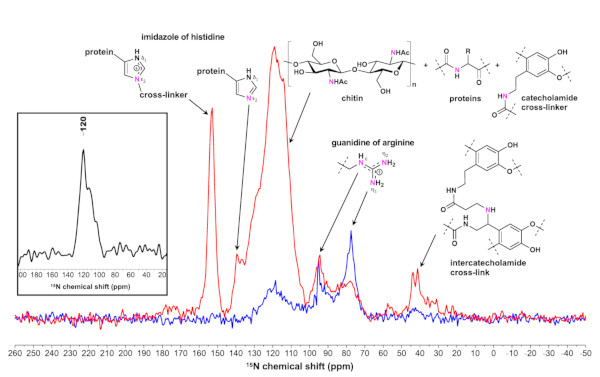Ask for a reprint
email :
* Give your email
2021
ACL
|
Christophe Duplais, Vincent Sarou-Kanian, Dominique Massiot, Alia Hassan, Barbara Perrone, Yannick Estevez, John T.Wertz, Estelle Martineau, Jonathan Farjon, Patrick Giraudeau, Corrie S.Moreau, 'Gut bacteria are essential for normal cuticle development in herbivorous turtle ants', Nat. Commun. 12 676 (2021) doi:10.1038/s41467-021-21065-y
Across the evolutionary history of insects, the shift from nitrogen-rich carnivore/omnivore diets to nitrogen-poor herbivorous diets was made possible through symbiosis with microbes. The herbivorous turtle ants Cephalotes possess a conserved gut microbiome which enriches the nutrient composition by recycling nitrogen-rich metabolic waste to increase the production of amino acids. This enrichment is assumed to benefit the host, but we do not know to what extent. To gain insights into nitrogen assimilation in the ant cuticle we use gut bacterial manipulation, 15N isotopic enrichment, isotope-ratio mass spectrometry, and 15N nuclear magnetic resonance spectroscopy to demonstrate that gut bacteria contribute to the formation of proteins, catecholamine cross-linkers, and chitin in the cuticle. This study identifies the cuticular components which are nitrogen-enriched by gut bacteria, highlighting the role of symbionts in insect evolution, and provides a framework for understanding the nitrogen flow from nutrients through bacteria into the insect cuticle.
|

|